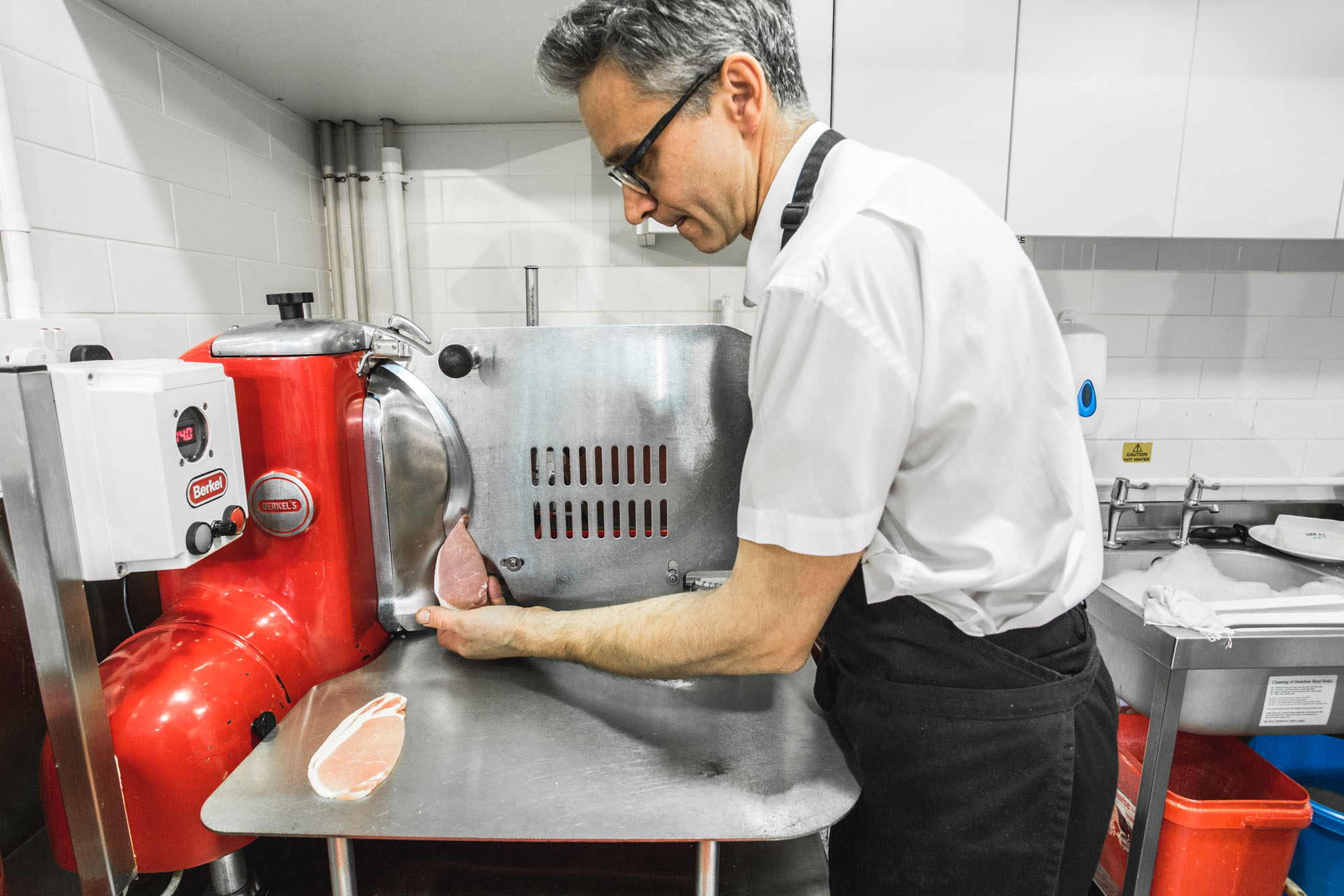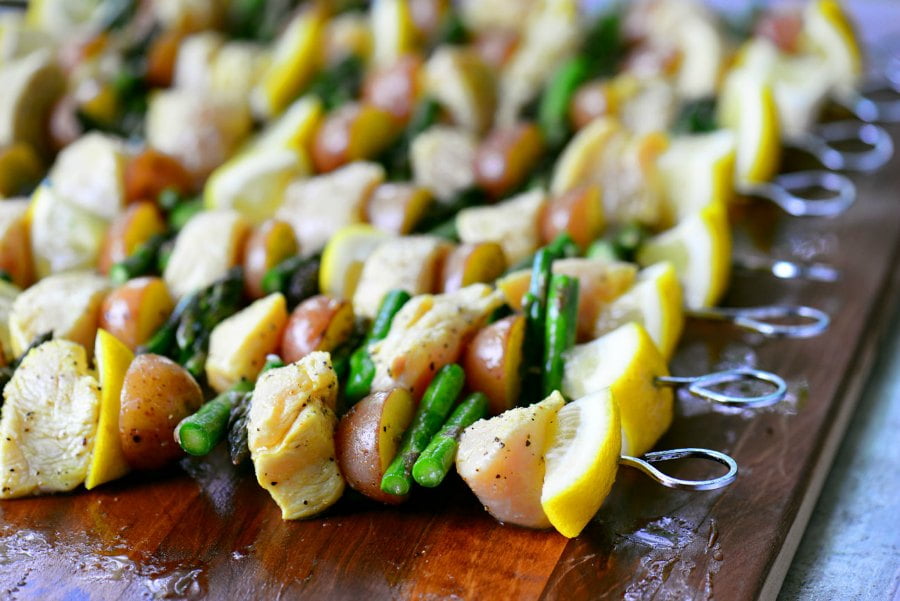Sausage rolls get everywhere. Not just the pastry, which, following a moment of petrol station weakness on the A50, can work itself into your clothes’ every crevice, but culturally. From low-budget tributes to Oldham Athletic FC to online mockery of Cheryl Cole, be it Nigel Slater or hungry City traders, everyone it seems loves the subject of this month’s How to Eat. Even if, as the US grocery chain Trader Joe’s “genius” new invention “puff dogs” illustrates, not everyone is getting it right. Indeed, our best gastropubs are often little better, insisting on using venison and vodka in them or serving sausage rolls with (no, really) turnip dips. Luckily, How to Eat, the blog defining how best to eat Britain’s favourite foods, is here to stop such nonsense.
Hot & Cold
Like The One Show or Ed Sheeran, the cold sausage roll takes something potentially extraordinary (TV, music, sausage meat) and makes it dull and pallid. Immediately after consuming it, you feel stupid and duped, if not genuinely dyspeptic. The reason: fat.
Whether your roll is wrapped in puff or flaky pastry, that pastry will be heavy with butter that – like the pork fat in the filling – needs warming, melting and liberating to produce a moist roll of lubricious deliciousness. Warming it will also intensify the flavours in that seasoned sausage meat, which, for the record, should be far, far thicker than the pastry casing.
A cold sausage roll is dry, lumpen, largely flavourless; a taste of rain-lashed church fetes and grim funeral buffets. A warm sausage roll is its own self-contained world of outrageous sensory pleasure.
When and where
Sausage rolls are intimately linked with picnics, but erroneously so. Making the consumption of food as uncomfortable and impractical as possible, picnics are incredibly unpleasant, and, unless you go to ridiculous lengths or travel no further than your back garden, it is impossible to serve a warm sausage roll at one.
Things should be different at buffets; the sausage roll is a staple of the community hall trestle table. Sadly, however, too few caterers take sufficient pride in their work to replenish the rapidly cooling trays often enough. Even bothering to heat the rolls is rare.
It is easier to deliver a warm sausage roll to a guest in your home, but stock-up on Tasers and riot batons. Without these, it is impossible to transfer an oven-fresh tray of warm sausage rolls across a packed kitchen without at least 63% of them being snaffled before they hit the table. Ravenous dogs have better manners than party guests presented with hot sausage rolls.
Indeed, if you crave peace, simplicity and quality (note: this is one item where the industrially manufactured version is no match for the scratch-cooked equivalent), then the pub remains the perfect place to eat a fat fist of pastry-clad pork. Despite maverick attempts to fill sausage rolls with the components of a full English, this is not a breakfast item, nor is the foundations upon which you can build an evening meal (see below). But, at lunch, on its own, accompanied by a pint, the sausage roll is, arguably, the king of hot savoury snacks.
Inessential additions
A good sausage roll does not need augmentation. A combination of all-butter puff, coarsely ground rare-breed meat (retrieved from real sausages), herbs and maybe a tiny amount of softened onion, can produce astonishing rolls that stand on their own merits.
Despite this, there is endless unnecessary tinkering. From stilton worked into the pastry to mustard secreted under it, numerous potentially divisive additions are made to sausage rolls (sauces should be served on the side) that serve no purpose other than to flatter the ego of the chef who baked them or justify a recipe writer’s fee.
Elsewhere in WTF-corner, you will find “sausage rolls” made with chicken or game (the former boring, the latter dry and dense); spiked with bacon or black pudding (an unwelcome intrusion here); threaded with eggs like a gala pie; “tweaked” with wild mushrooms, sundried tomatoes and apple; or turned, using a whole sausage, into some sort of curious puff pastry “twists”. These are not sausage rolls.
Nor does the sausage roll need jazzing-up with a blast of smoked chilli or harissa or reworking with chorizo or merguez sausage. You do not need to bring the heat. The sausage roll is a comfort food whose uncomplicated nature, the way it offers an all-enveloping bearhug of crowd-pleasing savoury flavours, is the essence of its appeal. Sausage rolls are not meant to challenge you. They should convey an almost narcotic sense of warmth and well-being.
Served with
Fundamentally, you do not need any sides. However, if you insist, a dab of sauce or a loose blob of something on the chutney spectrum that you can dip your sausage roll into (crucially, leaving one hand free for your pint/paper/phone) is a sufficient counterpoint. Sauces should be applied sparingly, so that, rather than becoming dominant, they offer a little tingle of excitement at the edge of each mouthful. Think: dijon or grain mustard; HP or tomato sauce; piccalilli; apple sauce (most commercial versions are appalling); some of sort of dark, beery chutney; barbecue sauce, if you must.
None of the other things you commonly find sausage rolls served with make any sense. Favoured mayos (spicy, garlic etc) and coleslaws make this already fat-packed item cloying. Conversely, sides that are intended as some sort of perky palate cleanser – on an arc from red cabbage to watercress-based green salads – are a perversely worthy addition. The sausage roll is an indulgence. Embrace that. Alternating it with comparatively disappointing forkfuls of cold vegetable matter diminishes the pleasure, without adding anything significant.
The biggest mistake, however, is to treat the sausage roll as if it was a pie, using it as the centrepiece of a meal and pairing it with sides such as mash, chips, new potatoes, beans, carrots and peas. The key error, here, is that moist pies are self-saucing. They contain gravy that once released facilitates the fluid interaction of that meal’s components. A sausage roll does not. It is an entirely different, drier beast. Place in it a pie-meal context and that plate will get heavy-going very quickly.
Is there any justification for serving them cold? January 25th, 2018Debra










